History hides more in its page than what it reveals. The early 20th century was a time when India was still an integral part of the British Empire. Its valuable resources adding to the prosperity of land located far away. The people of the land (at least most of them) under an imperialist power became poorer with each passing day. However, in all ages and in all lands, there are people who defy the norm and set their own standards. It is in this backdrop, there emerged a king, who would be the richest person in the world, during his lifetime.
Before the independence of India from the British in 1947, India had around 565 princely states, with their own kings. These monarchs of these vassal states of the British Empire did sometimes enjoy considerable freedom within their own kingdom, as well as financial prosperity. The largest (83,000 square miles) and the richest kingdom, among all of these kingdoms, was the Princely State of Hyderabad. At its peak (in 1948), the state which was almost as large as the modern-day United Kingdom in size, and had a population of 17 million people, was ruled by His Exalted Highness Mir Osman Ali Khan Siddiqi, Asaf Jah VII.
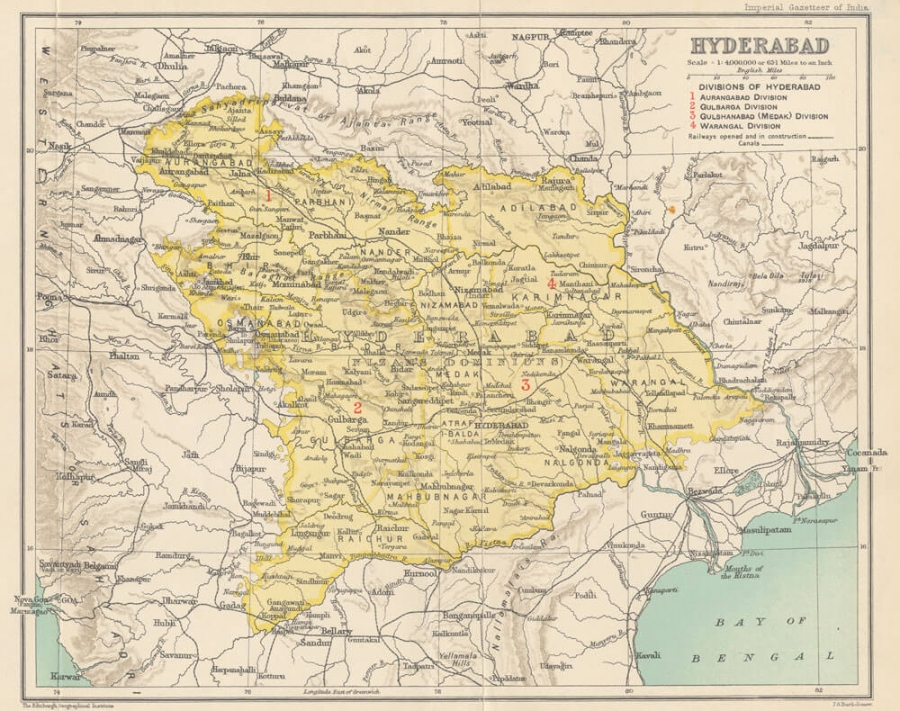
Mir Osman Ali Khan’s history appeared in the world stage when the Nizam shot into prominence in the western world in February 1937, because Time Magazine featured him on their cover, as the richest man in the world. In the early 1940s, his fortune was estimated at US $2 billion or 2% of the US economy of the time. According to Forbes All-Time Wealthiest List of 2008, the last Nizam of Hyderabad was the 5th richest man in history. It was this association with an extraordinary amount of wealth, which made an Indian king, located in a far-off land, an overnight sensation in the west. This is his story.
The only Indian King to be given the title of “His Exalted Highness”, was born on 6th April 1886. Mir Osman Ali Khan was the last king of the Asaf Jahi dynasty, that ruled over Hyderabad state. He ascended to the throne on 18 September 1911 after the death of his father – Mahbub Ali Khan.
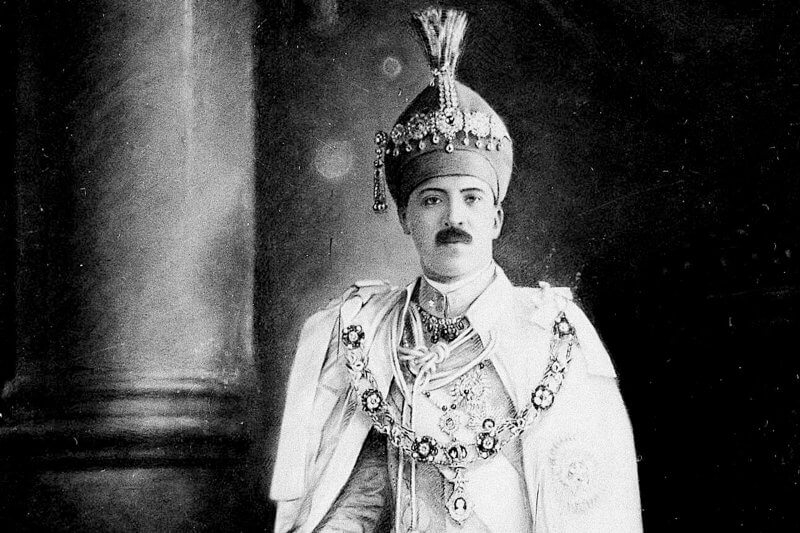
The previous support given by the Nizams of the Hyderabad to the British Empire, in wars against other Indian rulers like - Tipu Sultan of Mysore & in First War of Indian Independence (1857 to 1858) and even in World War I (his financial contribution led to formation of Hyderabad Squadron of Royal Air Force), made them very close to the ruling British society. This resulted in many special privileges (like 21-gun salute), being given to the Nizam, which very few other Indian royalties received. This, in turn, resulted in financial prosperity for the the last nizam of Hyderabad and his Kingdom.
The Kingdom of Hyderabad was as mentioned previously, huge even by modern standards. The northern borders of the state, extended to modern day Madhya Pradesh in the north, to Tamil Nadu in the south. The taxes collected from people living in this great area,as well as money from other resources, was enormous (Estimated annual revenue of Hyderabad state in the year 1948 was 90,029,000 pounds).
Also, twice a year in Eid and on his birthday, the nobility of the state and government officials offered the Nizam, costly and precious gifts. The famous Falaknuma Palace in modern-day Hyderabad also was gifted to him by one of his subjects. Finally, but most importantly, the only source of diamonds to the world market till 18th century – Golconda mines, was located in the Hyderabad state.
According to – Celebrity Net Worth, the Nizam had a personal collection of gold that was valued at more than $100 million and had jewels that were worth over $400 million. The famous 185 carat Jacob Diamond which is worth more than $95 million today, was used by the Nizam Mir Osman Ali Khan as a paperweight in his office. In 1947, the Nizam gifted diamond jewelry to Queen Elizabeth on occasion of her marriage, which goes by the name of Nizam of Hyderabad Necklace.
His fleet of cars included more than 50 Rolls Royces. The state had its own currency (the only state in British India to do so), the Hyderabadi rupee, which along with Hyderabad State Bank (owned by the Nizam), established financial independence of Hyderabad state, from rest of India. The Nizam also had numerous large magnificent palaces not just in the city of Hyderabad, but also in many other cities of India.
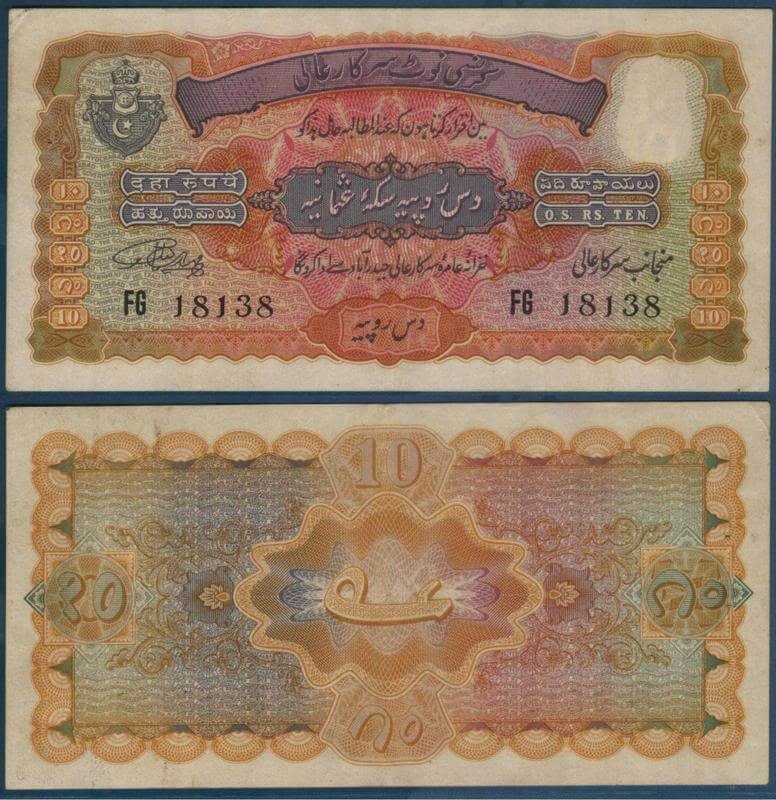
In spite of his enormous wealth, the Nizam himself was frugal as far as spending money in his personal life is concerned. There are several reports that he restricted his personal spending to only a pound/day. His humble attitude was also reflected by the fact that he wore the same clothes and caps for many years.
There is also a story, which describes how the Nizam gave one of his helper Rs 25 to buy a blanket in a winter evening. The helper came back and told the Nizam that the cheapest blanket cost Rs 35. The Nizam decided to use his old blanket. However, his contrasting nature is again highlighted by the fact that on the same night, he donated Rs 10,00,000 to Benares Hindu University, on the request of Madan Mohan Malviya. This was just one of many examples, where he spent an incredible amount of money on charitable or development purposes to help ordinary people.
He was a benevolent king and had promised in his first Royal Decree, that he would do his best to do good to his people and his state. Keeping up with his promise, one of his first action was to abolish the death penalty. Just 3 years before the Nizam took power, a major flood had devastated the Hyderabad city. On the advice of the famous engineer – Sir Visvesvaraya, he ordered the construction of – Osman Sagar and Himayat Sagar reservoir to prevent flooding in the future.
He was a patron of development, science, and education. Realizing the need for developing the city further, many engineers from distant places were invited and a series of construction projects, to make Hyderabad a modern city was undertaken. Hyderabad old airport, also called as Begumpet airport, was established in 1930 by the Nizam. It served both as a domestic and international airport for Deccan Airways, one of the earliest airlines of pre-independence India, which again was owned by the Nizam.
As part of construction work, many landmarks of Hyderabad city were constructed during his reign. Some of these are – Osmania University, Osmania General Hospital, Nizamia Hospital, Hyderabad High Court, Town Hall (the legislative assembly building at present) and State Central Library, Hyderabad. It was thanks to Nizam, that Hyderabad got access to electricity and modern railways. 11% of the State’s budget was devoted to education and primary education in the state was provided free of cost to the poor.
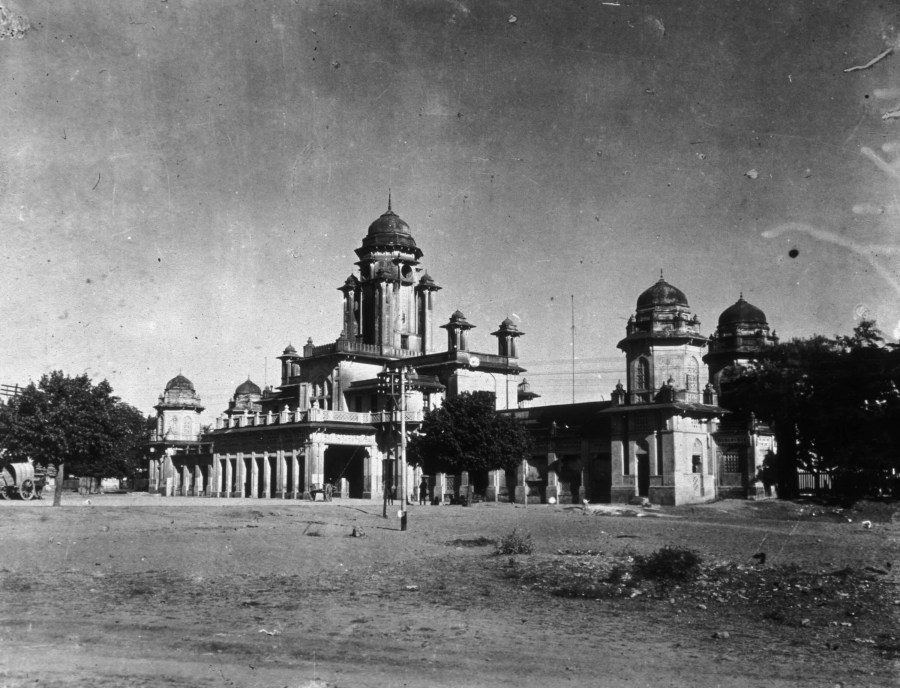
The Last Nizam of Hyderabad Mir Osman Ali Khan was a great philanthropist, who had donated truckloads of money to various religious and educational institutes, throughout India. A great part of the Nizam’s donations and charitable help also went to Hindu religious institutions and temples. As mentioned previously, he gave a million rupees for the development of Benares Hindu University. Rupees 3 lakh was also donated for Indian Institute of Bangalore.
A study of state archives also reveals that thousands of rupees were donated to Yadgirgutta temple, Sri Ram Bagh temple, Bhadrachalam temple, and Sri Balaji Tirupati temple. Similarly, financial aid was also provided to Bhandarkar Oriental Research Institute, for publication of Hindu religious epic – The Mahabharata.
In 1947, India achieved its independence from the British and the princely states were given the choice, to either join India or Pakistan, the 2 new independent nations. The Nizam wanted to maintain a separate existence as an independent nation. However, most of the people of the state were interested in joining India. Things became more complicated, when a radical Muslim militia – The Razakars, started eliminating people who advocated merger with India.
Death of innocent people forced, the Indian government in September 1948 to send an Indian army division under Major General Jayanto Nath Chaudhuri, to salvage the situation. Soon the princely state of Hyderabad, became a part of independent India and Mir Osman Ali Khan remained only the titular Nizam.
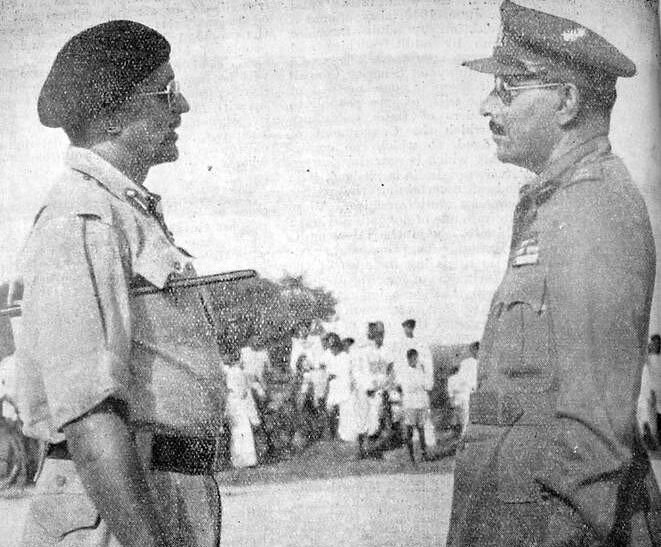
Later Mir Osman Ali Khan served as Rajpramukh (Governor) of Hyderabad state between 1950 to 1956. He had been allowed to keep a great part of his wealth, even after his state became a part of India. Even after Hyderabad became a part of India, he remembered his responsibility to his people. The construction of Nizam Orthopaedic Hospital was started by him in 1951, which later was given to the government on a 99-year lease, only at a monthly rent of 1 Rupee. He also created The Nizam Charitable Trust (with 50 million rupees) at the same time, to help all poor people, irrespective of religion or caste.
His attitude to help others was once again seen when in the aftermath of Indian – Pakistani war of 1965, the Nizam contributed 425 kg of gold to the National Defence Gold Scheme, which was started by the government to tide over an economic crisis. The value of these gold coins given by the Nizam valued at Rupees 5 million at the time.
Mir Osman Ali Khan spent the remaining part of his life, relatively quietly till he died at the age of 81 years, on 24th February 1967. The next day (the day of burial) was declared by the government as a day of state mourning. The offices of state government remained closed and the national flag was flown at half-mast on all government buildings.
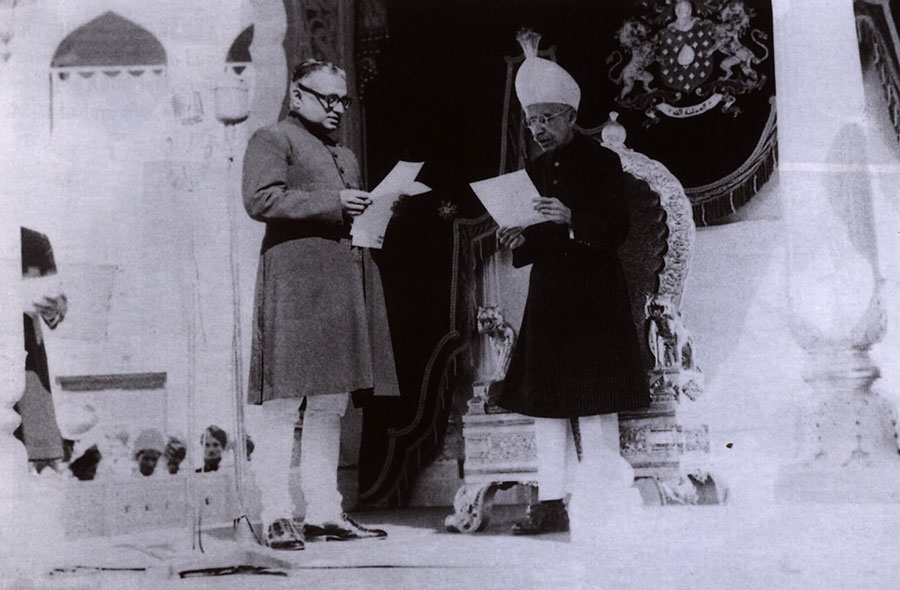
The people also hadn’t forgotten the contributions of the erstwhile king. According to some estimate, approximately 1 million people came out on the streets to pay their last respects. Streets of Hyderabad were full of broken glass bangles as many women broke their bangles as a sign of mourning. An era had ended.
Please visit us read about: Famous Muslim Kings in History